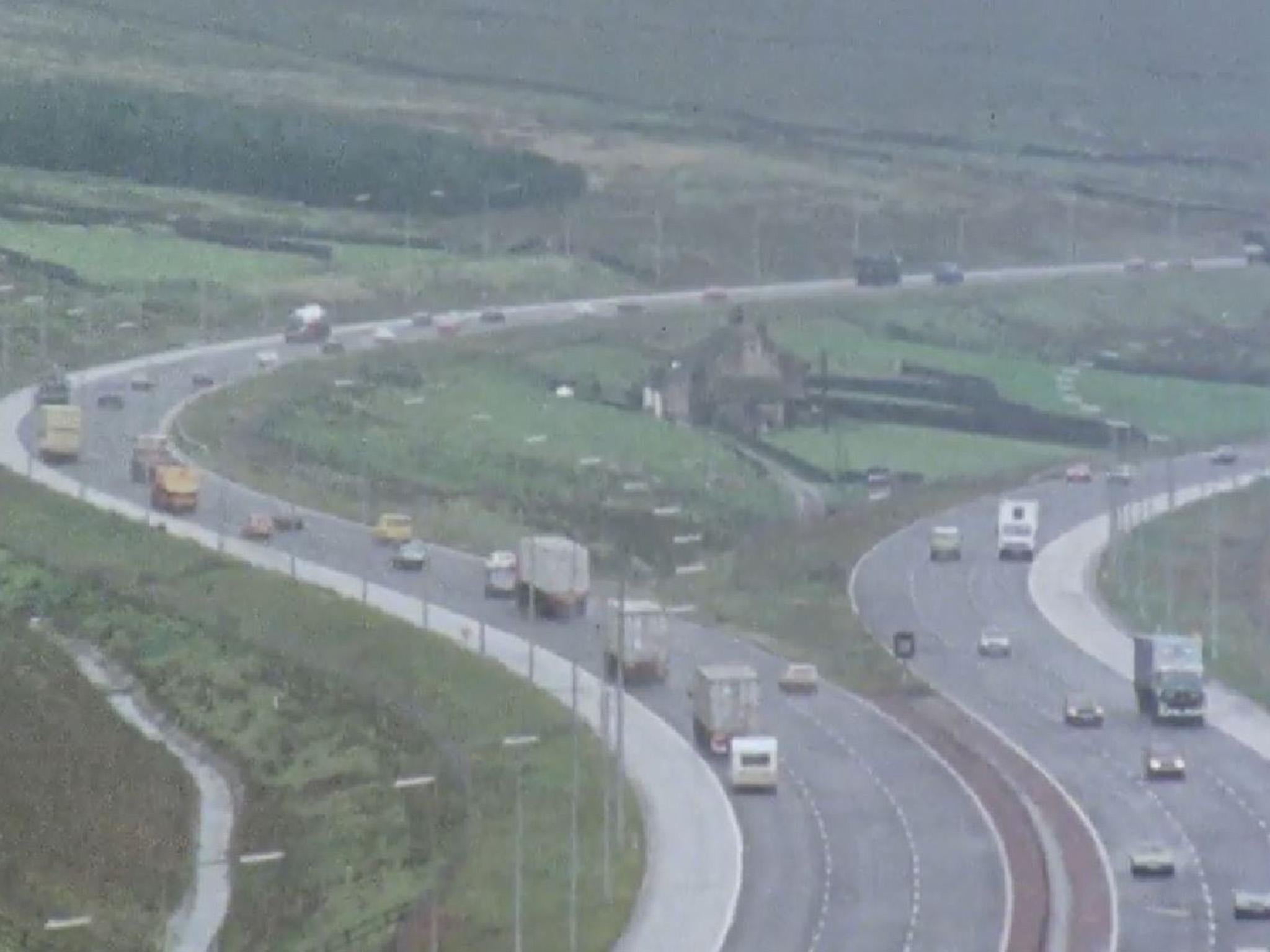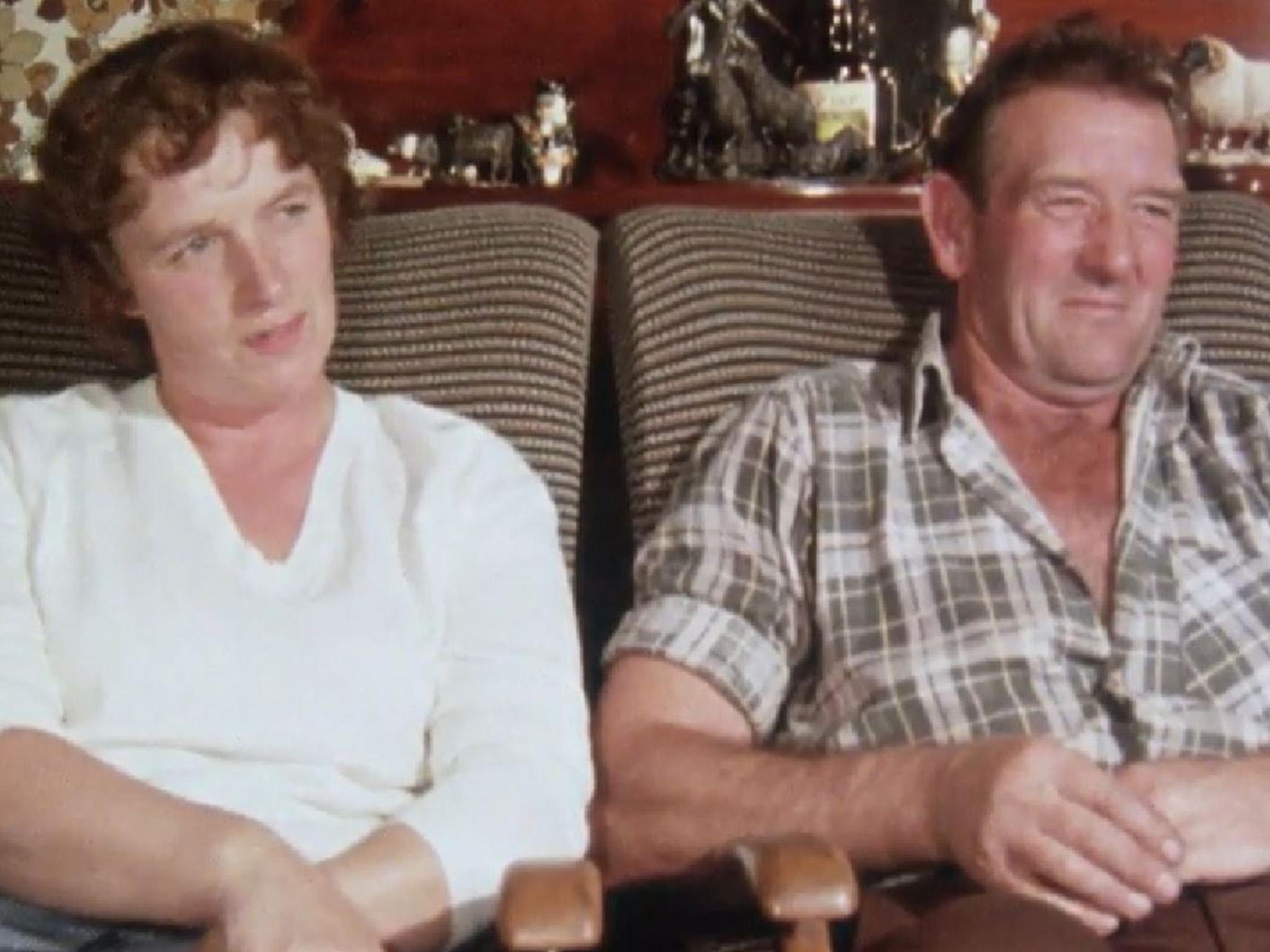This is why there is a farmhouse in the middle of the M62
Motorway built around Stott Hill Farm in the 1960s - but not because the local farmer objected

Your support helps us to tell the story
From reproductive rights to climate change to Big Tech, The Independent is on the ground when the story is developing. Whether it's investigating the financials of Elon Musk's pro-Trump PAC or producing our latest documentary, 'The A Word', which shines a light on the American women fighting for reproductive rights, we know how important it is to parse out the facts from the messaging.
At such a critical moment in US history, we need reporters on the ground. Your donation allows us to keep sending journalists to speak to both sides of the story.
The Independent is trusted by Americans across the entire political spectrum. And unlike many other quality news outlets, we choose not to lock Americans out of our reporting and analysis with paywalls. We believe quality journalism should be available to everyone, paid for by those who can afford it.
Your support makes all the difference.The mystery over a dilapidated farmhouse nestled in the middle of the M62 may finally have been solved after an old documentary came to light.
The motorway was built on the moors around Huddersfield in Yorkshire during the early 1960s, but engineers were forced to divert it around Stott Hall Farm.
For years, a rumour persisted that the reason for this was that the owner, a local sheep farmer called Ken Wild, had refused to sell his land to the Government when the plans were approved.
But an ITV film has been released online by the British Film Institute to debunk that theory.
The documentary, which was first shown in 1983, interviewed Mr Wild - who lived there at the time with his wife Beth and their sheep, and said it was not true that he refused to move.
He told the programme the house had not been demolished because it was it was built on a geological fault which would have been too difficult to build a motorway on.
Journalist Michael Clegg, who made the report, said: “A geological fault beneath the farmhouse meant it was more practical for engineers to leave it rather than blast through and destroy it.
“Outside the noise is relentless but inside it’s as peaceful and cosy as any farmhouse.”

Mr Wild said his father had bought the farmhouse in 1934 and that he was content to stay in it.
He said the noise from the cars did not bother them but it did cause a headache when it came to cleaning.
She said “If it’s dry it’s always dusty. If it’s wet, spray goes on the windows.”
The couple said they had witnessed several accidents during their time there, including one Christmas when a 32ft lorry ended up in their garden.
Fortunately the driver was unharmed.
Mrs Wild there was one definite perk to living where they did though - “having no neighbours”.
Called “The Farm on the Motorway”, the documentary is free to watch on the BFI website as part of its Britain On Film series.
Join our commenting forum
Join thought-provoking conversations, follow other Independent readers and see their replies
Comments